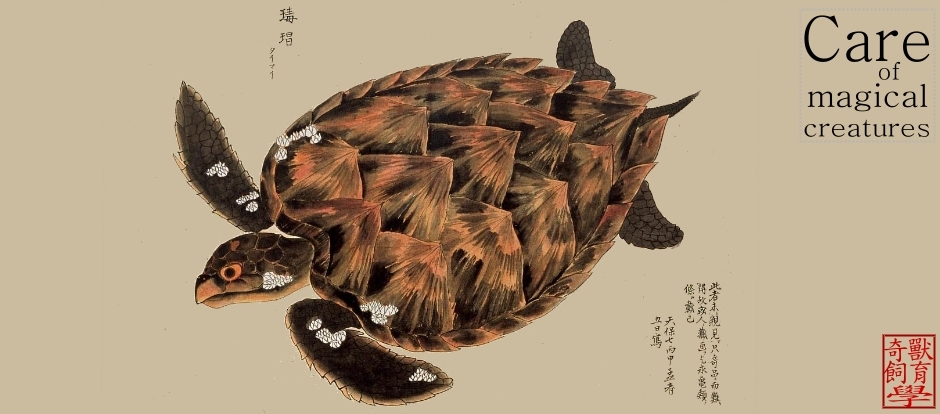

文獻來源: Oliver PM, Sanders KL. 2009. Molecular evidence for Gondwanan origins of multiple lineages within a diverse Australasian gecko radiation. Journal of Biogeography (online early)
Abstract
Aim Gondwanan lineages are a prominent component of the Australian terrestrial biota. However, most squamate (lizard and snake) lineages in Australia appear to be derived from relatively recent dispersal from Asia.
Location Australasia.
Methods Bayesian (beast) and penalized likelihood rate smoothing (PLRS) (r8s) molecular dating methods and two long nuclear DNA sequences (RAG-1 and c-mos) were used to estimate a timeframe for divergence events among 18 genera and 30 species of Australian diplodactyloids.
Results At least five lineages of Australian diplodactyloid geckos are estimated to have originated > 34 Ma (pre-Oligocene) and basal splits among the Australian diplodactyloids occurred c. 70 Ma. However, most extant generic and intergeneric diversity within diplodactyloid lineages appears to post-date the late Oligocene.
Main conclusions Basal divergences within the diplodactyloids significantly pre-date the final break-up of East Gondwana, indicating that the group is one of the most ancient extant endemic vertebrate radiations east of Wallace's Line. At least five Australian lineages of diplodactyloid gecko are each as old or older than other well-dated Australian squamate radiations (e.g. elapid snakes and agamids). The limbless Pygopodidae (morphologically the most aberrant living geckos) appears to have radiated before Australia was occupied by potential ecological analogues. However, in spite of the great age of the diplodactyloid radiation, most extant diversity appears to be of relatively recent origin, a pattern that is shared with other Australian squamate lineages.
Abstract
Aim Gondwanan lineages are a prominent component of the Australian terrestrial biota. However, most squamate (lizard and snake) lineages in Australia appear to be derived from relatively recent dispersal from Asia.
Location Australasia.
Methods Bayesian (beast) and penalized likelihood rate smoothing (PLRS) (r8s) molecular dating methods and two long nuclear DNA sequences (RAG-1 and c-mos) were used to estimate a timeframe for divergence events among 18 genera and 30 species of Australian diplodactyloids.
Results At least five lineages of Australian diplodactyloid geckos are estimated to have originated > 34 Ma (pre-Oligocene) and basal splits among the Australian diplodactyloids occurred c. 70 Ma. However, most extant generic and intergeneric diversity within diplodactyloid lineages appears to post-date the late Oligocene.
Main conclusions Basal divergences within the diplodactyloids significantly pre-date the final break-up of East Gondwana, indicating that the group is one of the most ancient extant endemic vertebrate radiations east of Wallace's Line. At least five Australian lineages of diplodactyloid gecko are each as old or older than other well-dated Australian squamate radiations (e.g. elapid snakes and agamids). The limbless Pygopodidae (morphologically the most aberrant living geckos) appears to have radiated before Australia was occupied by potential ecological analogues. However, in spite of the great age of the diplodactyloid radiation, most extant diversity appears to be of relatively recent origin, a pattern that is shared with other Australian squamate lineages.
圖片連結: www.reptilwelt.de
